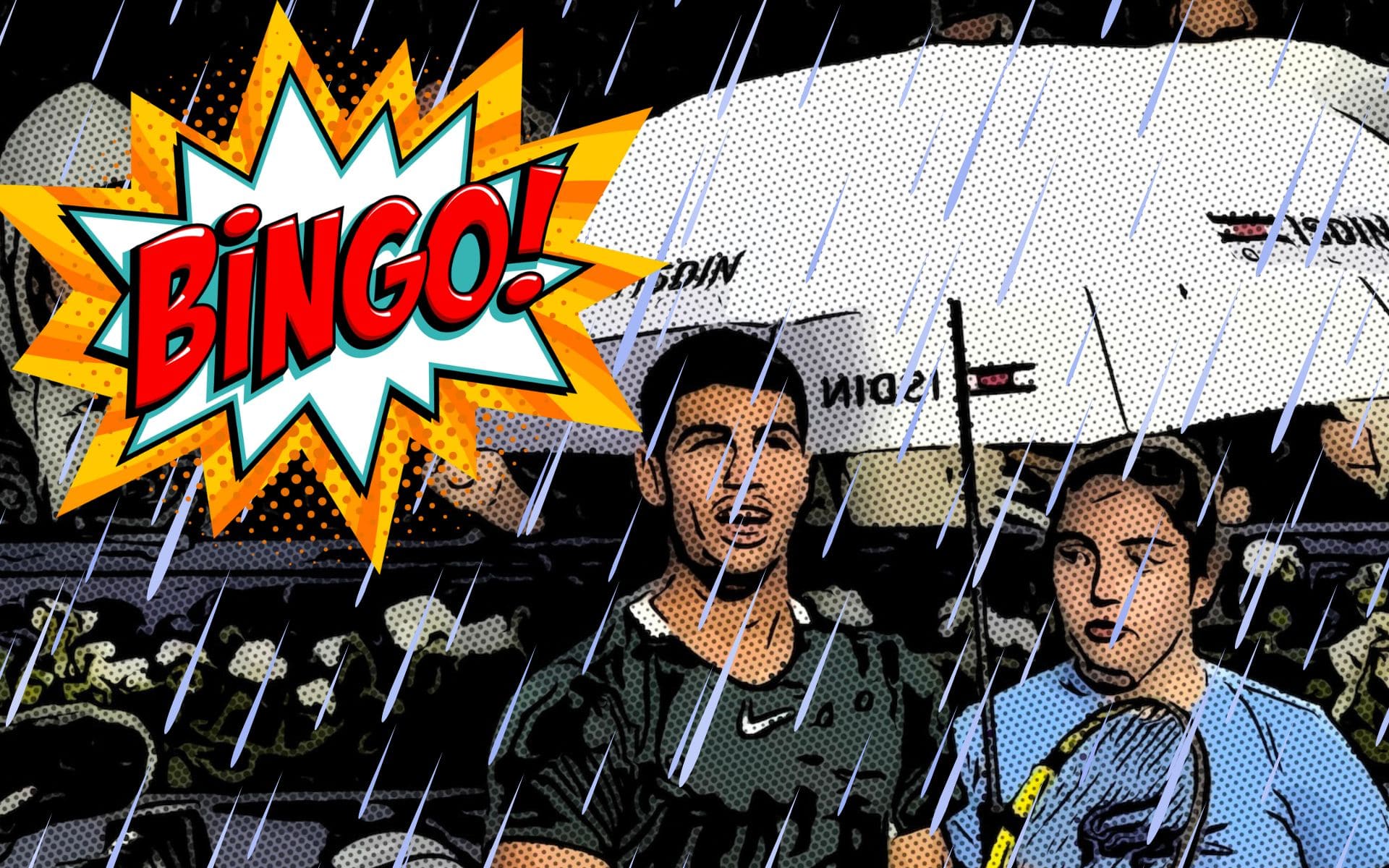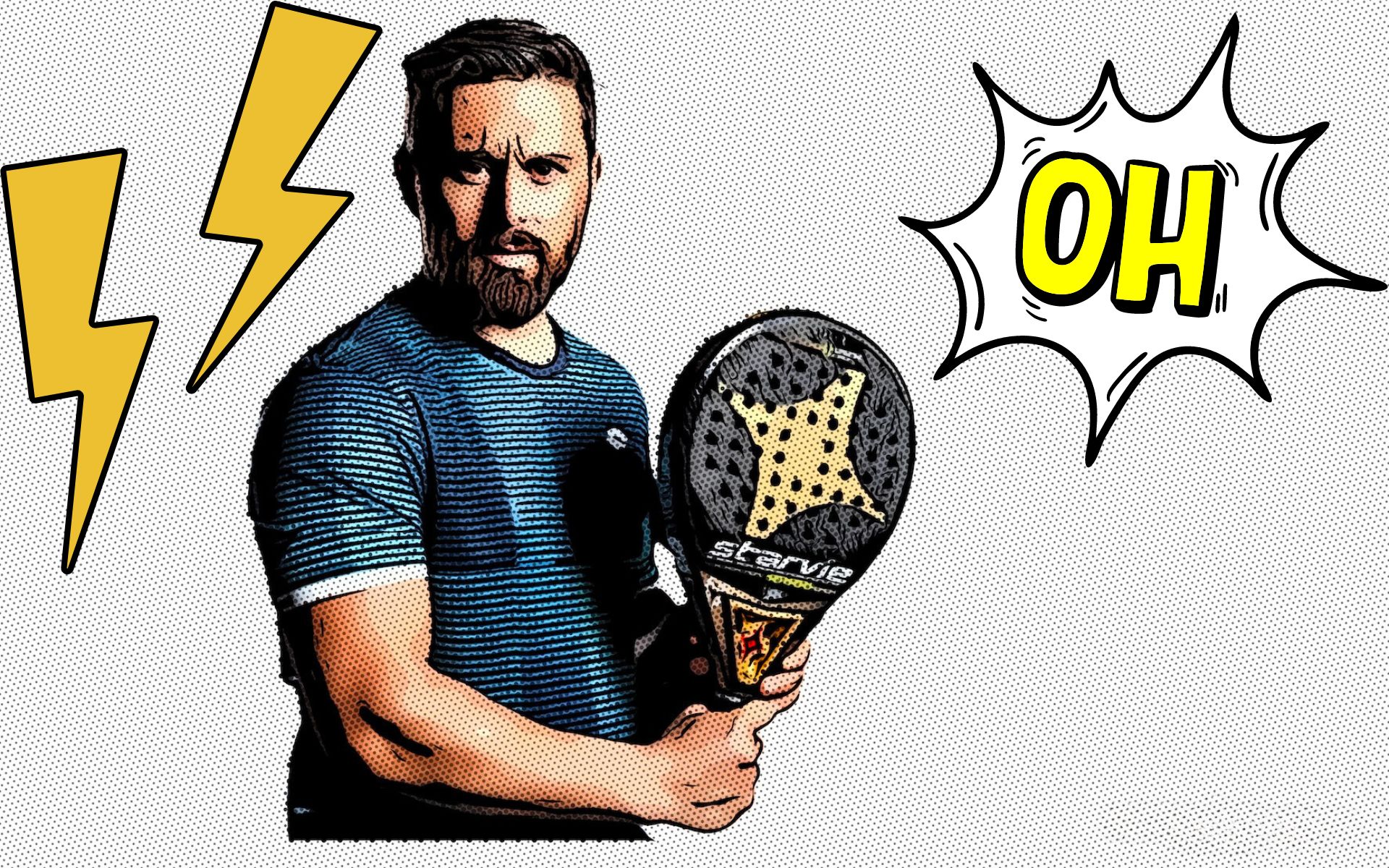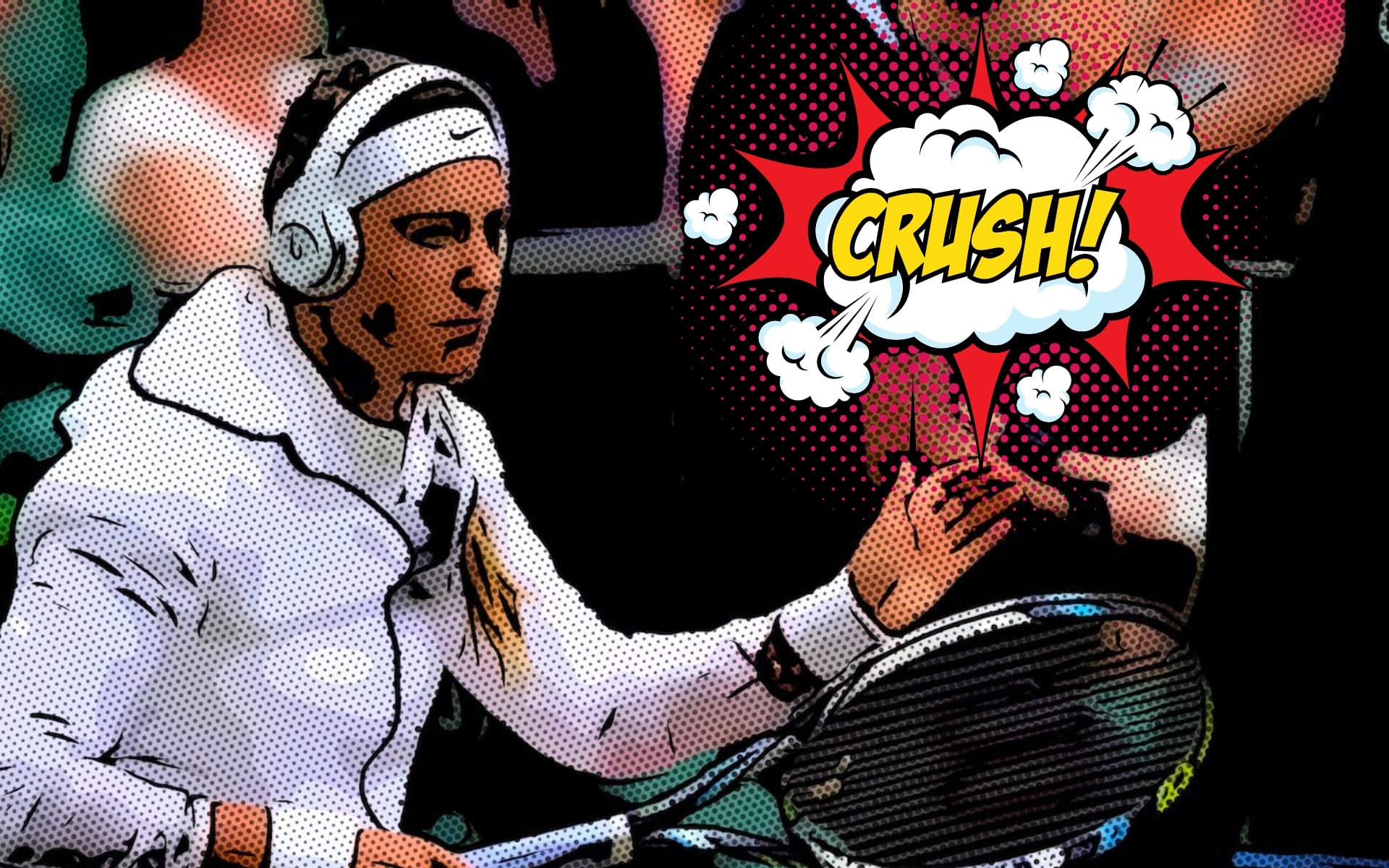How to Play Tennis in the Rain:
Can you play tennis in the rain?
Many tennis enthusiasts might think it’s impossible, but with the right techniques and equipment, playing tennis in wet conditions can be a safe and enjoyable experience.
In this article, we’ll explore the dos and don’ts of playing tennis in the rain, from court safety to gear recommendations, and even how rain can affect tennis balls.
Rapid Summary:
How To Play Tennis In The Rain
Playing tennis in the rain can be a refreshing and unique experience if proper precautions and gear are used. By checking court conditions, wearing non-slip shoes, and using water-resistant rackets, grip enhancers, and waterproof clothing, players can safely enjoy the game on wet courts.
Adjusting playing style, maintaining a dry towel, and staying hydrated are essential tips for a successful match in rainy conditions. Remember to prioritize safety and monitor equipment for wear or damage, allowing for an enjoyable and challenging tennis experience, even in wet weather.
Playing Tennis In The Rain: Tips for a Safe and Fun Game:
Why Play Tennis in the Rain?
Playing tennis in the rain offers a refreshing change of pace from the usual sunny and dry conditions. The sound of raindrops on the tennis court, cooler temperatures, and the unique challenges of playing on a wet court can make for a fun and memorable experience. Additionally, tennis in the rain allows you to work on different skills and techniques not typically utilized on dry courts. For instance, you may need to adjust your footwork and shot selection due to the change in the ball’s behavior.
Safety Precautions to Take:
Safety is paramount when playing tennis in wet conditions. Slips and falls are more common, so it’s essential to take proper precautions. Here are a few key points to remember before hitting the tennis court in the rain:
Check the Court Conditions:
Inspect the tennis court for any hazards or damage caused by the rain. Look for puddles, loose debris, or slippery surfaces. If the court is too wet or flooded, it’s best to avoid playing altogether. This is especially true for clay courts, which can become extremely slippery and difficult to play on when wet. Hard courts can also be hazardous, but they typically drain better than clay courts. However, a wet hard court can still pose a risk if there are significant puddles or slippery spots.
Wear the Right Shoes!
Proper footwear is essential when playing tennis on a wet court. Shoes with good traction can help prevent slips and fall. Look for shoes with a non-slip sole and good grip, and avoid shoes with a flat bottom. Additionally, wearing shoes with waterproof or water-resistant material can help keep your feet dry. Tennis shoes designed for clay courts often have a herringbone pattern on the sole, which provides excellent traction on wet surfaces. These shoes can be a good option for playing on wet hard courts as well.
Warm-Up Before Playing:
Warming up is crucial before any physical activity, but it’s especially important when playing tennis in the rain. Your muscles may be colder and tighter in wet conditions, so take extra time to warm up and stretch before playing. This can help prevent injuries and ensure that you’re ready for the unique challenges of playing on wet courts. A dynamic warm-up routine that includes exercises like high knees, butt kicks, and lateral shuffles can help prepare your body for the demands of playing tennis in the rain.
Recommended Gear for Playing Tennis in the Rain:
Having the right gear can make all the difference when playing tennis in wet conditions. Here are a few recommended items to consider:
- Water-Resistant Rackets
A water-resistant or waterproof racket can help prevent the handle from becoming slippery and provide a better grip. Some rackets are specially designed for playing on wet courts, with features such as water-resistant strings or an anti-slip grip. The strings in your racket can also be affected by water, causing them to lose tension and alter the ball’s bounce. To counter this, you may want to consider using a slightly tighter string tension when playing tennis in the rain. This can help maintain consistent ball response despite the wet conditions.
- Grip Enhancers
Grip enhancers can help improve your grip and prevent the racket from slipping out of your hand. Look for products like grip sprays, tacky grips, or even rosin bags used by baseball pitchers. They’re particularly helpful when dealing with wet tennis balls that can make your racket handle slippery.
- Waterproof Clothing
Staying dry is important when playing tennis in the rain. A rain jacket and pants made from a breathable, waterproof material can help keep you dry without overheating. Additionally, wearing a hat or visor can help keep the rain out of your eyes, improving your visibility on the court.
- Extra Tennis Balls
Rain can ruin tennis balls, making them waterlogged and heavy. This affects their bounce and can make them difficult to play with. Therefore, it’s a good idea to bring extra tennis balls when playing in the rain. Store them in a waterproof container or bag to keep them dry until you need them.
Tips for Playing Tennis in the Rain
With the right gear and necessary safety precautions, use these tips to help you play your best on a wet court:
- Adjust Your Playing Style
Playing on a wet court requires a different approach than playing on dry tennis courts. Slower and more controlled shots are often better in the rain, as the tennis ball can skid or slide more easily on a wet court surface. Be prepared to adjust your footwork, as lateral movements can be more challenging on slippery surfaces. Focus on maintaining balance and control during your swings.
- Consider the Effects of Rain on Tennis Balls
Rain can affect tennis balls, making them heavier and less bouncy. Be aware of how this might influence your shots and adjust accordingly. You may need to hit the ball with more force or spin to compensate for the altered ball behavior. Additionally, keep an eye on your opponent’s shots, as they may also be affected by wet tennis balls.
- Be Patient and Cautious
Playing tennis in the rain requires patience and caution. It’s essential to prioritize safety and avoid taking unnecessary risks. Avoid sprinting or making sudden movements that could lead to slips and falls. Instead, focus on maintaining a steady pace and playing conservatively.
- Know When to Stop
If the rain becomes too heavy or the court conditions deteriorate, it’s crucial to know when to stop playing. Pushing yourself to play in unsafe conditions can lead to injuries or accidents. Recognize the signs of a court becoming too dangerous, such as large puddles, slippery patches, or excessive debris.
Different types of tennis courts require specific drying methods:
Here is a breakdown of how to dry hard courts, clay courts, and grass courts after rain:
Hard Court: Hard courts usually have a quicker drying time compared to other court surfaces. To dry hard courts, use squeegees or rollers to remove standing water, and then apply a blower to evaporate the remaining moisture. Ensuring that the court has proper drainage will also help expedite the drying process.
Clay Court: Drying clay courts can be more challenging, as the surface can become muddy and slippery when wet. To dry clay courts, use a squeegee to remove standing water without damaging the court surface. You can also apply a drying compound, such as calcined clay or tennis court dry, which absorbs moisture and helps the court dry faster. Once the surface is dry enough, use a drag broom or drag mat to redistribute the clay evenly.
Grass Court: Grass courts are highly susceptible to damage when wet, so it is essential to take extra care when drying them. Avoid using squeegees or rollers, as they can damage the grass. Instead, rely on natural sunlight and wind to dry the court. You can also use a blower to help evaporate surface moisture, but ensure it is used with caution to prevent damage to the grass.
Preparing for Rain During a Tennis Match
It is essential to be prepared for rain when playing tennis, especially during a professional tennis match. Here are some steps that can be taken to ensure minimal disruption and maintain the quality of play:
- Monitor Weather Forecasts: Keep an eye on weather forecasts leading up to the match. This will give you a better idea of whether rain may be an issue and allow you to prepare accordingly.
- Have a Rain Plan: Develop a plan for dealing with rain during a match. This may include having a covered area for players to wait during rain delays, preparing extra towels and dry clothing, and having a court maintenance crew on standby to dry the court surface.
- Keep Extra Dry Tennis Balls: Ensure you have plenty of extra dry tennis balls available during the match. This will enable you to quickly swap out wet tennis balls and maintain the quality of play.
- Communicate with Tournament Officials: Coordinate with tournament officials regarding rain delays and rescheduling options. This will help ensure that players and spectators are informed and that the match can proceed smoothly once the rain stops.
By being prepared for rain during a tennis match, you can minimize disruptions and ensure that the game can continue safely and efficiently.
Tips for Tennis Clubs and Facilities
Tennis clubs and facilities should take additional measures to ensure the safety and enjoyment of tennis players in rainy conditions. Here are some suggestions for clubs and facilities to consider:
- Maintain Proper Drainage: Ensure that your tennis courts have proper drainage systems in place to prevent flooding and standing water. This will help the courts dry faster after rain and reduce the risk of injury to players.
- Offer Rain-specific Clinics or Lessons: Consider offering rain-specific tennis clinics or lessons to help players develop the skills and techniques needed to play in wet conditions. This can be a valuable service for players who want to continue playing tennis throughout the year, regardless of the weather.
- Provide Covered Areas: If possible, provide covered areas for players to wait out rain delays or warm-up before club tennis fixtures. This can help keep players dry and comfortable during inclement weather.
- Keep Court Maintenance Equipment on Hand: Ensure that your facility has the necessary court maintenance equipment, such as squeegees, rollers, and blowers, to quickly dry courts after rain. This will help keep the courts playable and minimize downtime due to wet conditions.
By implementing these measures, tennis clubs and facilities can provide a safe and enjoyable playing experience for their members and guests, even in rainy conditions.
Additional Considerations for Tennis Players
Tennis players should be aware of some additional factors when playing in the rain to ensure a safe and enjoyable experience:
- Adjust Your Expectations: Understand that playing tennis in the rain may not yield the same results as playing in dry conditions. Be prepared to adjust your expectations and focus on enjoying the unique challenges and opportunities that playing in wet conditions offers.
- Know When to Stop: If the rain becomes too heavy or the court conditions become dangerous, it’s essential to know when to stop playing. Prioritize your safety and the safety of others over continuing the game.
- Check Your Equipment: Regularly inspect your tennis gear for any wear or damage caused by playing in wet conditions. This includes checking your racket strings, grips, and shoes for any signs of wear or degradation. Replace any worn or damaged equipment as needed to maintain optimal performance.
- Practice Wet-Weather Techniques: Take advantage of opportunities to practice playing tennis in the rain. This will help you develop the skills and techniques needed to play effectively in wet conditions and build your confidence when faced with rainy weather during a match.
Conclusion
Playing tennis in the rain can be a fun and challenging experience, but it’s essential to prioritize safety and ensure you have the proper gear and techniques. By following the advice outlined in this article, you can enjoy playing tennis in wet conditions while minimizing the risks associated with slippery courts and wet tennis balls.
Tennis In The Rain FAQs:
How long does it take for tennis courts to dry after rain?
The drying time for tennis courts varies depending on the court surface, the amount of rain, and weather conditions. In general, hard courts dry faster than clay courts, often taking just a few hours with good drainage and sunny weather.
How long does it take a hard tennis court to dry?
Hard tennis courts can dry within a few hours if they have proper drainage and are exposed to sunlight and wind. The specific drying time depends on the amount of rain and the weather conditions.
Can you play tennis on a wet court?
Playing tennis on a wet court can be risky, as it increases the chance of slips and falls. However, with proper safety precautions and the right gear, you can play tennis in light rain. Ensure you wear shoes with good traction, warm-up properly, and adjust your playing style to the wet conditions.
How does water affect tennis balls?
Water can make tennis balls heavier and less bouncy, which alters their behavior during play. This can affect shot accuracy and power, making it necessary to adjust your playing style when using wet tennis balls.
How do tennis balls handle the rain?
Tennis balls absorb water when exposed to rain, making them heavier and less responsive. This can negatively impact their performance, making it important to have extra dry balls on hand when playing in the rain.
What can you do to help the court to dry quicker?
To help the court dry faster, you can use squeegees or rollers to push standing water off the court. Additionally, using a blower or leaf blower can help evaporate surface water and speed up the drying process.
Does rain ruin tennis balls?
Rain can negatively affect tennis balls by making them waterlogged and heavy. This alters their bounce and performance. While they may not be entirely ruined, wet tennis balls are less ideal for play.





